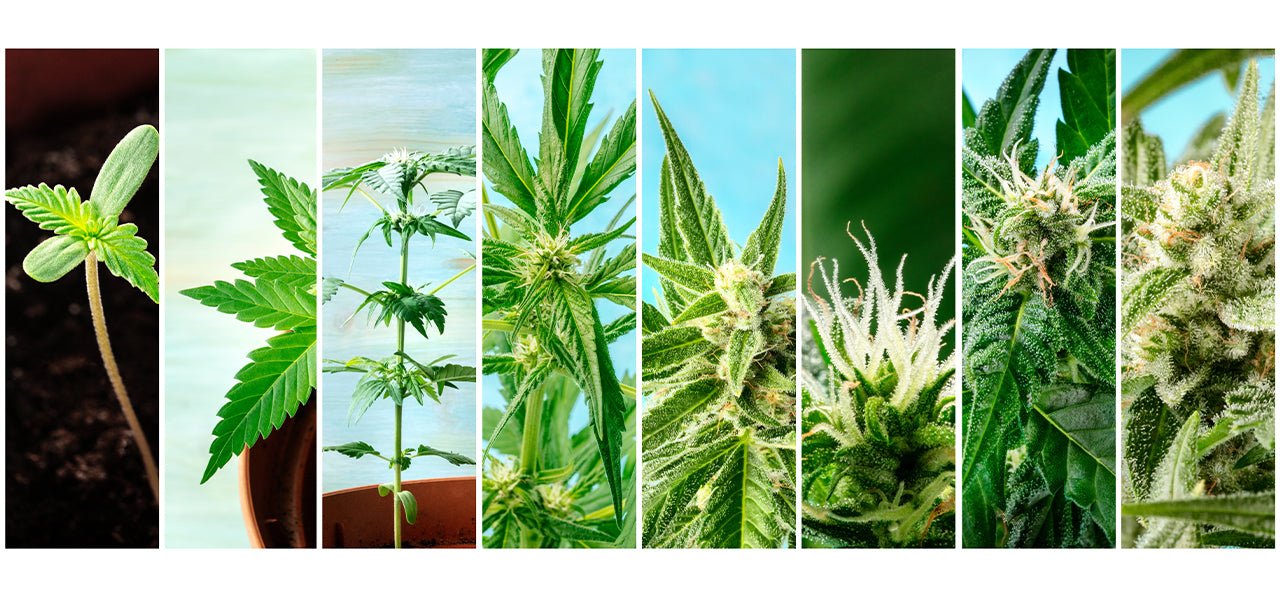Emerging Trends and Market Insights in the Global Cannabis Industry
The global cannabis industry continues to evolve at a remarkable pace, presenting both opportunities and challenges for businesses operating in this space. With increasing legalization across regions and growing acceptance of cannabis for both medical and recreational purposes, understanding current market dynamics is essential for stakeholders seeking to capitalize on this growth.
Current State of the Global Cannabis Market
The question of how big is the cannabis industry has a complex answer that varies by region and market segment. Current estimates place the global cannabis market at approximately $30 billion in 2023, with projections suggesting it could reach $100 billion by 2030. This represents a compound annual growth rate (CAGR) of roughly 15-20%, significantly outpacing many traditional industries.
North America continues to dominate the market, with the United States accounting for the largest share despite federal prohibition. Canada, with its federally legal framework, serves as an important case study for other nations considering legalization. Meanwhile, European markets are gradually opening up, with Germany making significant strides toward adult-use legalization.
Regulatory Landscape Shaping the Industry
Regulatory changes remain the primary driver of cannabis industry trends. The patchwork of regulations across different jurisdictions creates both opportunities and challenges for businesses operating in multiple markets.
Key Regulatory Developments:
- U.S. federal rescheduling considerations
- European Union harmonization efforts
- Latin American medical cannabis frameworks
- Asia-Pacific early-stage market development
Compliance requirements continue to evolve, particularly regarding product safety and packaging. For instance, proper child-resistant packaging solutions have become mandatory in most regulated markets to prevent accidental consumption by minors, reflecting the industry's growing emphasis on responsible distribution practices.
Investment Trends and Capital Flows
Cannabis investment trends have shifted significantly in recent years. After the initial investment boom and subsequent correction, capital is now flowing more selectively toward operationally efficient companies with clear paths to profitability. Investors are increasingly focused on:
- Companies with strong unit economics
- Businesses with defensible market positions
- Operators with multi-state or multi-national capabilities
- Technology providers serving the cannabis ecosystem
Mergers and acquisitions activity has accelerated as the industry consolidates, with larger players acquiring strategic assets to expand their footprint. This trend is expected to continue as the market matures and economies of scale become increasingly important for profitability.
Retail Innovation and Technology Adoption
The cannabis retail landscape is undergoing significant transformation. Retail distribution channels are diversifying, with dispensaries, delivery services, and in some markets, traditional retailers all playing a role.
The cannabis retail POS software market has emerged as a critical segment, with specialized solutions addressing the unique compliance and inventory management challenges faced by cannabis retailers. These platforms are increasingly integrating with:
- Seed-to-sale tracking systems
- Customer relationship management (CRM) tools
- E-commerce platforms
- Delivery logistics software
Cannabis retail trends indicate a move toward omnichannel experiences, with consumers expecting seamless transitions between online ordering and in-store pickup or delivery. Retailers are also leveraging data analytics to optimize inventory and better understand consumer preferences.
Product Development and Consumer Preferences
Product innovation continues at a rapid pace, with cannabis trends pointing toward:
Emerging Product Categories:
- Fast-acting edibles with predictable onset times
- Cannabinoid-specific formulations beyond THC and CBD
- Functional products targeting specific effects or conditions
- Social consumption formats for the hospitality sector
Consumer preferences are evolving as markets mature. In newer markets, flower dominates sales, while in established markets, alternative consumption methods like vapes, edibles, and beverages gain market share. This evolution creates both challenges and opportunities for cannabis inventory adjustment reasons, as retailers must carefully balance product mix to meet changing consumer demands.
Strategic Positioning for Future Growth
As the global cannabis industry trends toward maturity in some markets while just beginning in others, strategic positioning becomes crucial. Companies that understand regional nuances, maintain operational flexibility, and build strong brands are best positioned to capitalize on the industry's continued expansion.
Looking ahead, several factors will likely shape the industry's trajectory:
- International trade development as more countries legalize
- Integration of cannabis into mainstream CPG and pharmaceutical channels
- Increasing emphasis on sustainable and ethical production practices
- Further specialization across the value chain
For investors and operators alike, staying informed about market developments and investment opportunities will remain essential in this dynamic industry. Those who can navigate regulatory complexity while delivering products that meet evolving consumer needs will find substantial opportunities in this rapidly growing global market.











Leave a comment
All comments are moderated before being published.
This site is protected by hCaptcha and the hCaptcha Privacy Policy and Terms of Service apply.